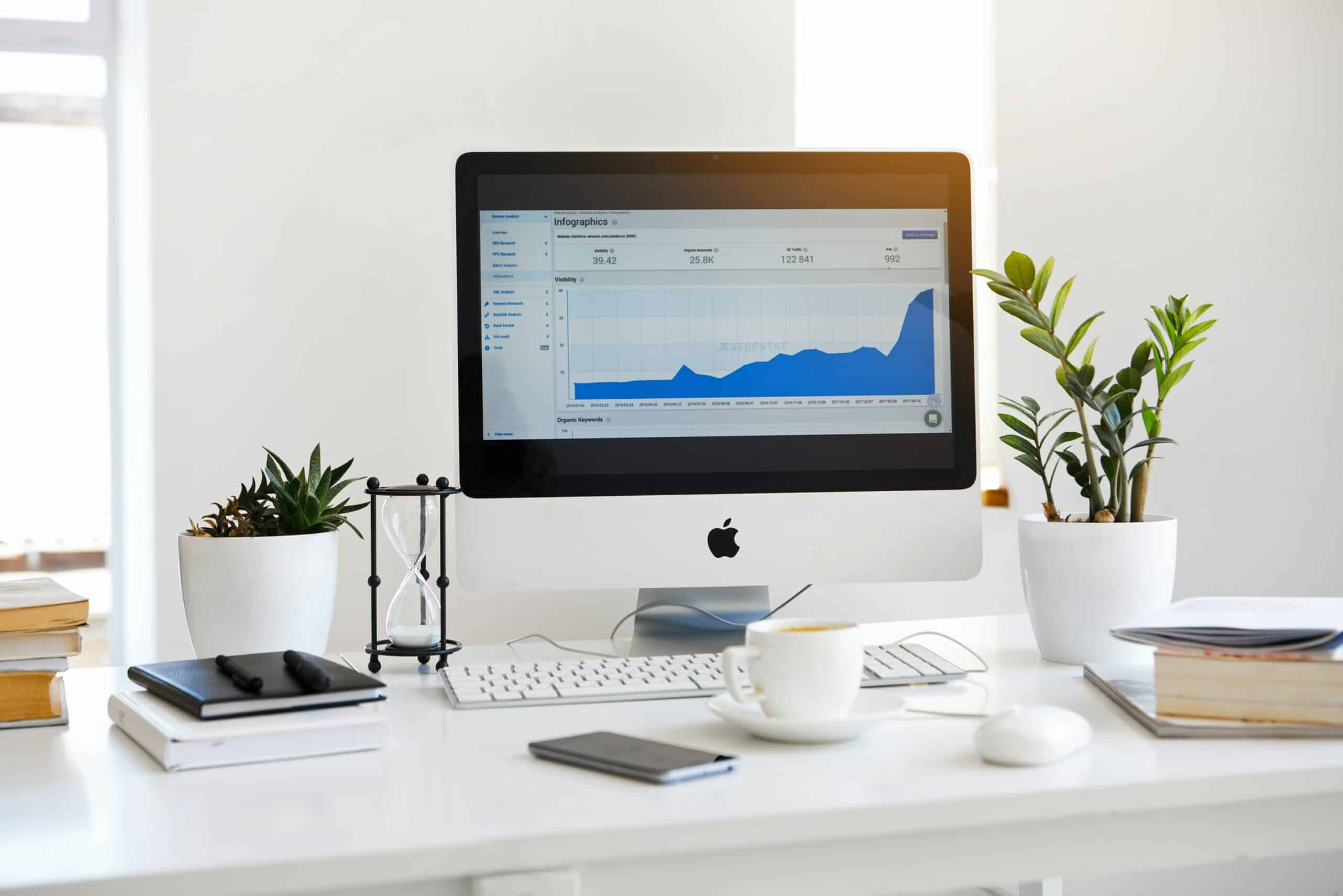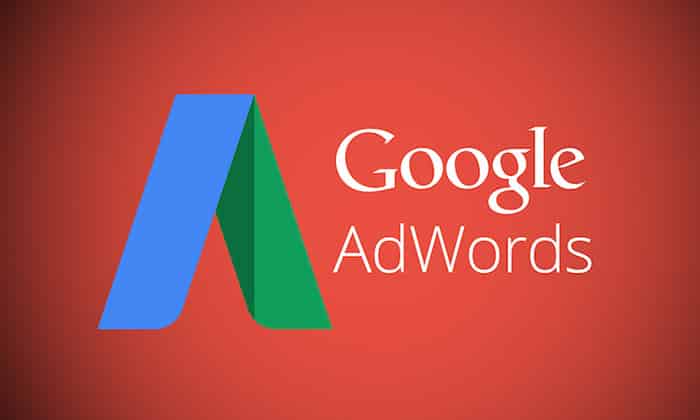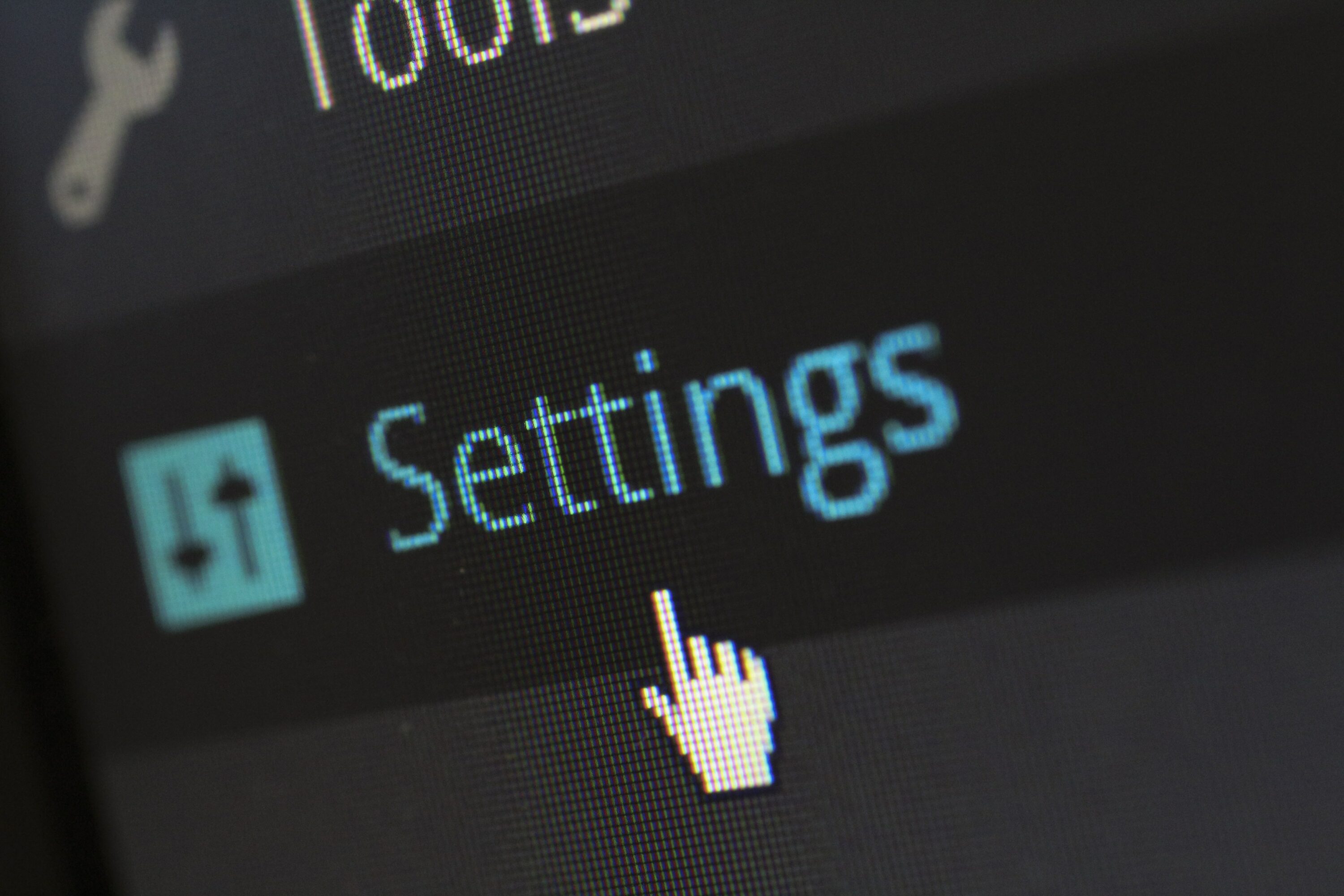Going freelance can be a scary prospect, as there are so many unknowns. Will you find enough clients to keep the wolf from the door? How much will you earn? How often will you get paid?
1. You’re running a business
Many people think that switching from being a staff member to a freelancer means getting paid differently. But it’s so much more than that. As motion designer Thomas Colony points out: “When you become a freelancer, you’re not just taking on one role, you become the project manager, the accountant, the CEO, the client manager… freelancing is running a business.”
To put it in day-to-day terms explains designer and director Luke Tonge, “You spend almost as much time on admin as you do on the work itself. Calls. Zooms. Emails. Invoices. Presentations. The list is endless.”
As designer Nick Clement says: “You’re going to be running a business, so you need to get an accountant. Sort your pension early. Understand tax and future planning. Save 30% if you can for tax. Get a deposit, scope of work and contract every time.”
It’s a lot of responsibility, but online accounting software can help. Xero, for example, allows you to keep track of all the income, outgoings, receipts and other financial records within one easy online dashboard that you can access anywhere from your mobile, tablet or laptop. And your accountant can log in to your Xero account and get all the information they need from you straight away, saving you both time and effort.
2. Your income won’t be consistent
Even though you’re earning more as a freelancer than an employee, it doesn’t always feel like it because there’s no consistency when payments actually come in. As designer James Stone notes: “The work you are doing now is likely your wages in three months. So don’t think that just because you have a buffer now that you can relax. Because in three months, you’ll have a shortfall.”
Tax payments at the end of the year can be particularly terrifying. So as designer and illustrator Si Heard recommends: “Over-save for tax when you get paid for each project. With a bit of luck, you’ll have a bank of savings at the end of the tax year!”
Again, online software can remove a lot of the stress here. Xero, for example, makes it easy to generate and send quotes and invoices, and monitor payments, not to mention chasing up late payers automatically. And to smooth things further, you can choose to connect it to your bank and payment services and integrate it with apps like PayPal and Stripe.
3. The need for self-promotion never ends
Even if you’re getting a steady supply of work as a freelancer, there’s no guarantee that will continue forever. Self-promotion isn’t something you need to do at the start of your freelance career but throughout it.
“Never stop marketing!” urges graphic designer Russell Daniels-Lake. “You need to plant seeds because your outreach can take a while to respond. If you’re busy, just set aside an hour a week for marketing to make sure your work doesn’t dry up.” Si Heard agrees. “Treat your own brand as an external client who needs developing and nurturing over time, and is slightly demanding,” he suggests.
It helps if you can make your case with solid evidence of your brilliance, adds content writer Sarah Colley. “You need to be constantly tracking all of your campaigns and work,” she advises. “Take screenshots of your work on websites, both before you worked on it and after. You can use this to write case studies and get more work.”
Art director and designer Kirsten Murray adds that self-promotion not just about finding new clients. “It pays to be proactive with your existing clients, too,” she says. “Whether it’s a campaign idea or an improvement to their website, suggesting ways in which you can help them further is often more fruitful than pitch work, because you know their needs and already have a relationship.”
4. Big clients aren’t always the best clients
On the subject of clients, it’s a common misconception that the most prestigious the client, the better. But as print designer and illustrator Laura Hickman Sell has learned, “The big-name ‘hit the jackpot’ clients can turn out to be the worst experiences. Smaller jobs can turn out to be the most rewarding and bring further opportunities. So treat each job equally.”
Similarly, graphic designer Berenice Smith advises that you: “Check the payment terms of large companies and decide if you can work with them because they are often immovable and monthly, or longer.”
Be aware that big organizations can offer up multiple people to deal with, which can rapidly get confusing. “With bigger clients, don’t be afraid to ask at the start if there are other decision-makers involved in the project,” says graphic designer and illustrator Graham Pilling. “That enthusiastic person who loves the ideas you’re sharing with them might not be the one who actually signs off.”
5. It helps to find a niche
Being a freelancer doesn’t mean you have to be all things to all people. In fact, some of the most successful freelancers are those who specialize. As designer and illustrator Kiera O’Brien says: “At uni, I had it in my head that to be self-employed you had to be a perfect designer with all of the answers, which definitely isn’t the case. Instead, it’s about finding your niche and finding your people.”
Writer and CEO Sarah Kathleen Peck agrees. “The more specific you can be, the better,” she argues. “It’s very confusing to come to a website that says, ‘I do writing for EVERYONE!’ and so much better to hire someone specific: for example, ‘I optimize blog posts for SEO for soccer coaches.'”
6. You can quickly burn out
If you’re successful at promoting yourself and the work is flowing in, everything’s great, right? Wrong. Work yourself into the ground, and you’ll soon find yourself crashing and burning, both mentally and physically. So as Liz Harkman, executive director for Bristol Festivals, says: “You need to treat yourself like an employee. You’re allowed slow days, duvet days, sick leave, space and time to think, and a holiday! Learn to take a break from your work when you need to.”
Designer and art director Gil Cocker agrees. “When starting, it’s easy to fall into the trap of accepting every job that comes along,” he says. “But taking a break will help in the long run and avoid burnout. Also, sometimes scarcity can help bring in more work.” As the old saying goes, treat ’em mean, keep ’em keen.
It’s not just about scheduling holidays, but also building ‘me time’ into your working day. “Remember to take time away from your desk,” says illustrator and designer Paul Johnson. “Head out for a walk, even though you’re always aware of chasing the next job, or doing the next item of personal work. Finding the space to breathe and let your brain recharge so you can be creative is just as important.”
Graphic designer James Mayall, meanwhile, suggests getting a dog. “It forces you to leave the house at least once a day and get fresh air, which is the best thing for the mind, body and soul,” he explains. “It also gives you an office companion who won’t judge you, and will be happy to listen to your rants.”
7. It can get lonely
Burnout is not the only danger to your mental health as a freelancer: loneliness can also be crushing. “No matter how much of an introvert you are, working from the same space all the time will get lonely,” says illustrator and artist Morrighan Sparkles. “So be sure to set up Discord channels, or Skype calls with your friends so that you can get that daily contact. Even better if it’s with fellow creatives. Discord has been a lifeline for me since day one. I try to check-in and have a chat with folks every day, and it really does help to stave off that loneliness.”
Social documentary photographer Katherine Green agrees. “To avoid isolation, make sure you create your own networks, be that digital or physical,” she advises. “Dedicate time to connecting with others, sharing your experiences and communicating. Also, use a network for mentoring and critical feedback. Use it to creatively push yourself, as well as for social.”
The biggest thing to realize, says marketing and PR consultant Veronica Wood, is that freelancers are your friends, not your competition. “After some initial suspicion, I realised that we each offer something very unique,” she recalls. “I have now made so many freelance friends, as well as winning work and referring work to others, through freelance communities.”
8. You need to play the long game
There’s no sugar-coating it: there will be bumps along the way in your career as a freelancer.
As digital strategist Ayesha Ambreen puts it, “It will go worse before it gets better. You’ll be scammed a thousand times before you will learn to be vigilant. You’ll go broke AF before you start making (much) more than in a 9-5 job. You’ll go crazy before you get comfortable with DIYing everything. But don’t worry, it’ll get better: stay strong!”
As illustrator Lele Saa puts it: “Becoming a freelancer, it’s like a long-distance race. It requires a lot of perseverance, endurance, and taking care of oneself. But eventually, the finish line will be there. And then another race will come!”
And in the words of copywriter Sophie Livingston: “You’ll go on a big journey of self-discovery, and learn so much about yourself along the way. It won’t always be easy, but try to embrace what you learn about yourself. You’re doing this because you want to live life differently. Change is a good thing.”
Original Source: creativeboom.com





